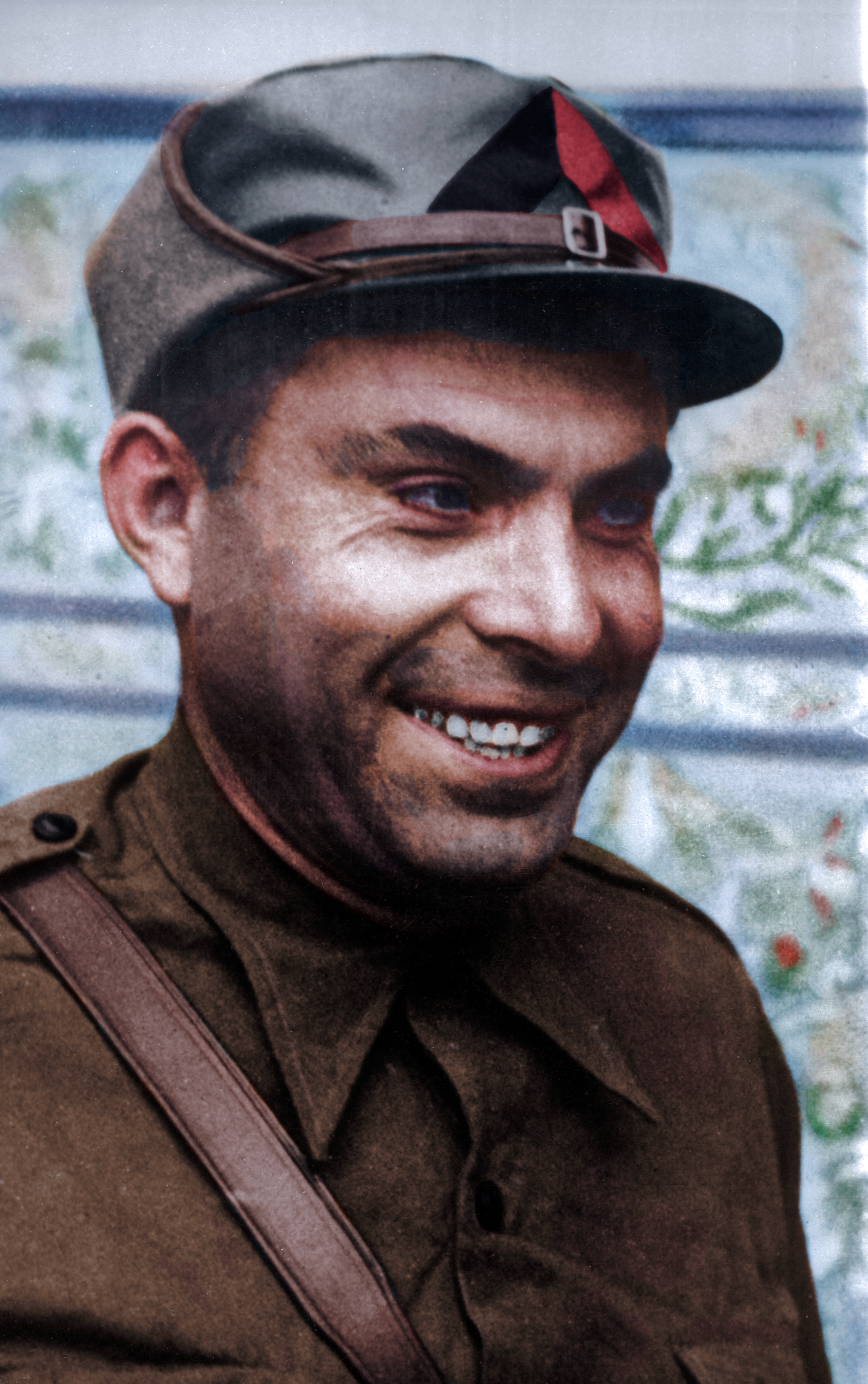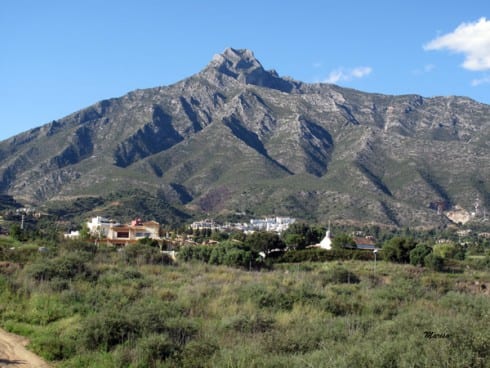JULY 1936. It’s the Summer of Anarchy in Barcelona, and the air smells of revolution.
In a matter of days, the state system had collapsed and the economy had been almost entirely collectivised.
The rich had fled, leaving behind luxury restaurants converted to communal dining halls, patronised by working class comrades in boots and overalls.
Revolutionary songs blared from speakers in Las Ramblas, red-and-black anarchist flags hung from balconies, and tipping was abolished.
Trade unions controlled every aspect of industry, ceremonial forms of speech had fallen out of use; everyone was “comrade” now.
During the “Summer of Anarchy,” as much as 70% of companies operating in Catalunya and Aragon were collectivised, and some 400 agrarian collectives were created from expropriated private land.
Wealth – and all the social baggage that comes with it – seemed to have disappeared overnight, giving way to a classless society at a scale seldom seen in human history.
But the revolutionary dream was in danger.
Just a few hundred kilometres to the west in Zaragoza, an army of fascists loyal to Nazi-friendly General Francisco Franco had laid siege to the city, and sought to do the same to the Catalan capital.
Since the Nationalist Faction rebelled against Spain’s Republican Government in the days prior, rogue army generals had begun their assault on Spanish cities, seeking total control.
Aragon and much of Catalonia — working class industrial zones and historic strongholds of anarchist trade unions — resisted the Nationalist assault, allowing the anarchists, whose power had been growing in Spain for decades, to seize control and finally put politics to practise on a large scale: the top-to-bottom socialisation of wealth and complete collectivization of labour.
Pistolerismo, Los Solidarios, and the rise of Spanish anarchism
At the heart of this revolution was a 40-year-old man with olive skin, black hair and otherwise striking Iberian features.
Born on July 14, 1896 in Leon, Jose Buenaventura Durruti Dumange spent his early years working as a railway mechanic, and quickly became involved in local labour movements.
READ MORE: A century of Spanish anarchism
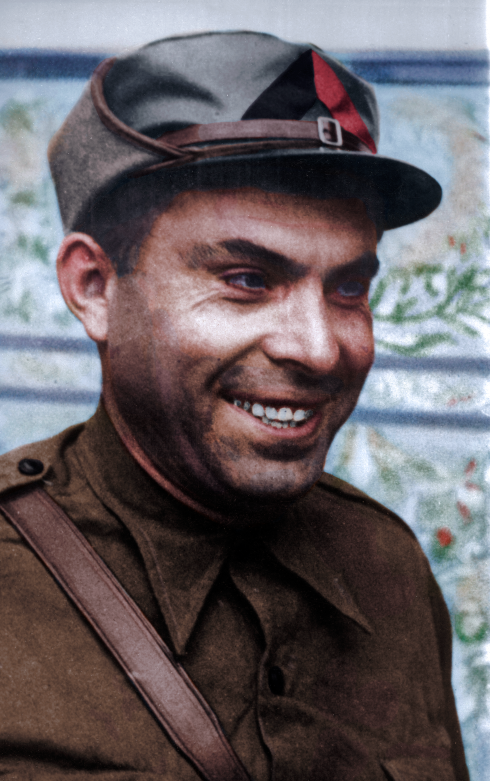
Anarchism was already well established on the Iberian peninsula, having been widely proliferated by Giuseppe Fanelli, an Italian who had come to Spain in 1868 to galvanise the working class on the orders of Russian revolutionary anarchist Mikhail Bakunin.
Broadly speaking, anarchists seek to dismantle the coercive, hierarchical structures of capitalism, government, and organised religion.
Fast-forward to early-20th century Spain, where the production demands placed on factory workers during World War I left the working class marginalised and largely unable to afford the goods they produced for export to the countries supported by Spain, which remained neutral during the conflict.
Class tensions rose between workers and the wealthy elite loyal to the monarchy of the Bourbon Restoration, leading to a series of violent and disruptive worker’s strikes in the 1910s organised by the increasingly powerful trade unions, namely the socialist Union General de Trabajadores (UGT), and the anarchist Confederacion Nacional de Trabajo (CNT).
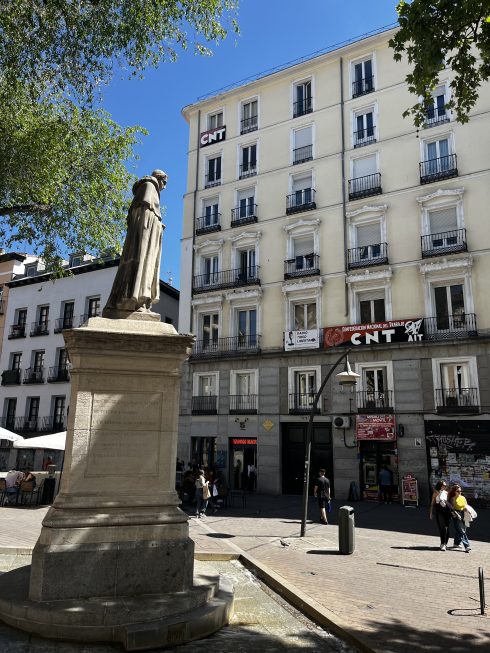
Tensions peaked during the General Strike of August 1917, which saw the massive organisation of workers around the country.
The initial strike lasted for 24-hours and led to violent clashes throughout Spain that left 71 dead.
But when the government failed to respond to demands, the UGT, CNT and other worker’s organisations called for an indefinite strike, leading the government to arrest anarchist and socialist leaders en masse.
Further strikes led to further class tensions.
The famous “Huelga de la Canadiense” (Canadian Strike) in 1919 saw Barcelona grind to a halt for weeks, with the city left in darkness as electrical workers refused to work.
As a result of the 1917 strike, Durruti was forced to flee to France.
Upon his return to Spain in 1920, the 24-year-old Durruti encountered a violent society plagued by espionage and political assassinations, an era of Spanish history that would come to be known as Pistolerismo.
Government-sympathetic businessmen hired anti-union thugs to murder labour leaders, outspoken workers, and lawyers who defended anarchists in court, utilising the so-called “Free Unions” to violently squash the labour movement.
Bombs exploded in Barcelona cafes, and CNT Secretary General Salvador Segui was shot dead in the street.
Durruti was having none of it.
After a failed plot to assassinate King Alfonso XIII in San Sebastian in 1921, he was approached by CNT leadership to come to Barcelona to organise a resistance movement.
A meeting between Durruti and fellow prominent anarchists Francisco Acaso and Joan Garcia Oliver led to the formation of Los Solidarios, an anarchist militia dedicated to fighting for trade unions.
In his autobiography, Garcia Oliver described the group as “Reyes de las pistolas! Los mejores terroristas de la clase trabajadora!” (The gun kings! The best terrorists of the working class!).
The group quickly became a formidable force, robbing banks to fund the anarchist cause and carrying out high-profile assassinations, including that of the Cardinal Juan Soldevila y Romero, who had been suspected of hiring anti-union pistoleros to do his dirty work.
The violence of the Pistolerismo era culminated in 1923 when Catalan anarchists on motorbikes assassinated Prime Minister Eduardo Dato.
READ MORE: The British teenage anarchist who tried to kill Franco with explosives hidden under granny’s sweater
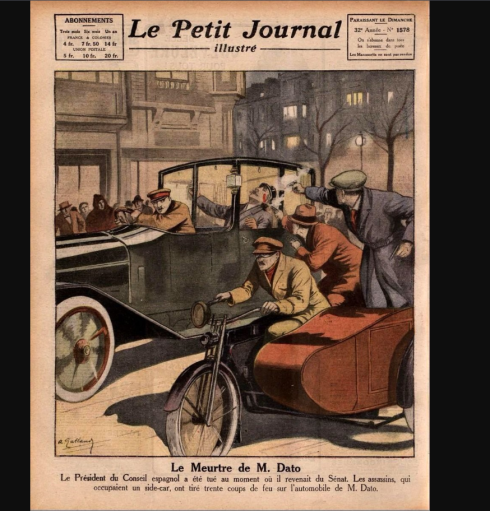
That same year, dictator Miguel Primo de Rivera seized power, and implemented a harsh crackdown on the anarchists.
After a series of failed attacks on military barracks along the French border, Durruti and Acaso fled to Latin America.
In Chile, they called themselves “Los Errantes” (The Wanderers), and committed what might’ve been the country’s first bank robbery, using the money to finance the anarchists back home straining under Primo de Rivera’s regime.
The Durruti Column
By the outbreak of the Spanish Civil War in 1936, Durruti was a well-known anarchist militant, serial bank robber, and commander of the radical, newly formed Iberian Anarchist Federation (FAI).
He was immensely popular amongst Catalan anarchists, and for this reason perhaps the best suited to gather a provisional army of comrades to defend the city and confront the Fascists in Zaragoza, preventing the imminent overthrow of the new anarchist order.
On July 18, amidst the sirens wailing from Barcelona’s factories calling workers to battle, Durruti and a troupe of fellow anarchists rode through the city on trucks brandishing machine guns, leading “trucks full of militants, rifles raised, red-and-black flags flying in the wind,” as anarchist and former Spanish Minister of Justice Joan Garcia Oliver wrote in his autobiography.
Due to a hernia surgery just weeks before, Durruti likely rode into battle with open wounds, though this only bolsters his legendary status.
Under Durruti’s command, the anarchist militia — formed through a coalition of fighters from various leftist organisations — helped to successfully defend the city from the first wave of fascist attackers.
But in Zaragoza, Francoist General Emilio Mola was amassing his forces.
On July 24, Durruti’s militia — a force of 2,000-plus anarchists organised into self-governing units — left Barcelona to take back Zaragoza with Durruti at its helm.
Known as the Durruti Column, the group included both working class men and women, as well as foreign fighters, including French philosopher Simone Weil.

The confrontation in Zaragoza never took place, although what happened en route to Zaragoza is perhaps most important to the story, and to Durruti’s current legendary status in the Spanish popular consciousness.
Traversing the Aragonese countryside, Durruti and his comrades recruited the peasants working the land to the anarchist cause, gathering strength in each town with the fiery language of revolution.
By the time the Durruti Column reached Zaragoza’s outskirts, the militia’s numbers had reached 6,000 — among the largest anarchist military units fighting in the Spanish Civil War.
Durruti and his men set up its headquarters in the Aragonese town of Bujaraloz, awaiting the right moment to storm Zaragoza.
Battle for Madrid
In October, Franco had gathered a vast army of Nationalist troops for his assault on Madrid, and the capital was left defenceless after the government had moved the Republican army to Valencia.
With the leftist troops in Madrid in desperate need of reinforcement and morale, Durruti turned 1,800 of his strongest fighters to the capital.
The fighting was intense.
Franco’s army had the weaponry and training that the anarchists lacked, as well as support from powerful friends, namely Nazi Germany and Fascist Italy.
The Durruti Column fought in brutal, sometimes hand-to-hand combat in the city’s university district, ultimately losing more than 1,000 fighters.
On November 19th, Durruti was shot in the chest while attempting to persuade deserting militiamen – who had gone days without eating – to return to the fight.
He died in the hospital the next day.
Although some reports have emerged of violence against conservatives and Catholics during the march to Zaragoza, Durruti has come to represent the Spanish anarchists’ struggle against fascism — and more broadly against capitalism — for an egalitarian, worker-led society.
Being such a powerful symbol for working-class struggle, it’s unsurprising that modern-day anarchists should be offended to the point of vandalism when a leftist-themed bar in Madrid trivialises Durruti’s contribution to the cause by naming a cocktail after him — the “Durruti Dry Martini.”
Especially considering that the bar — named Taberna Garibaldi and located in Lavapies, not far from the modern headquarters of the CNT — is the latest business venture of Pablo Iglesias, former Deputy Prime Minister and co-founder of Unidas Podemos, Spain’s far-left coalition party espousing communist, socialist, and anti-globalism views.
Times have changed indeed.
READ MORE
- A century of Spanish anarchism
- ‘I’m a little nervous’: Ex-darling of the left in Spain Pablo Iglesias prepares to open a bar in Madrid after leaving the world of politics
Click here to read more Spain News from The Olive Press.

